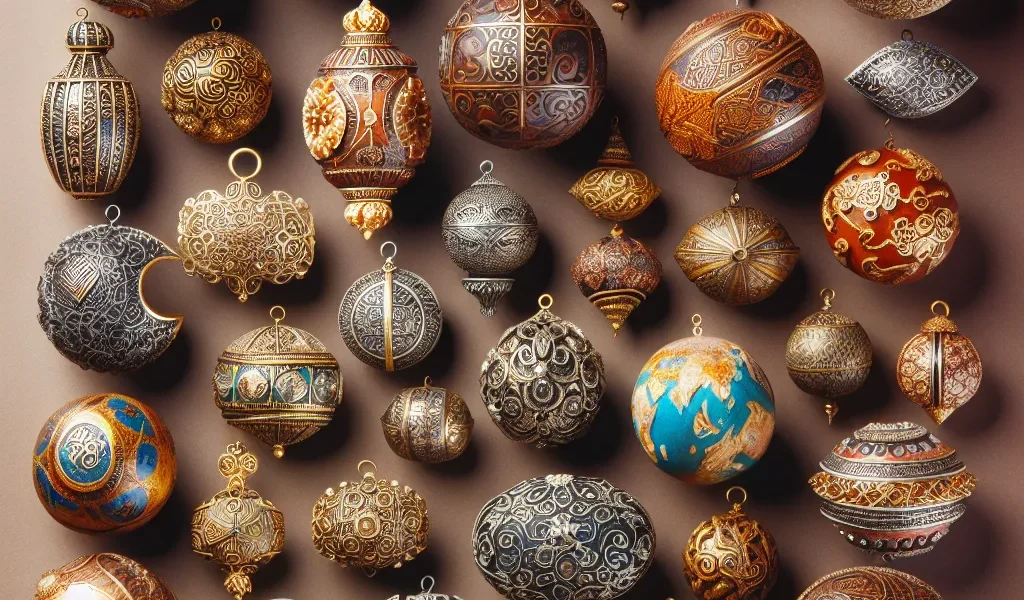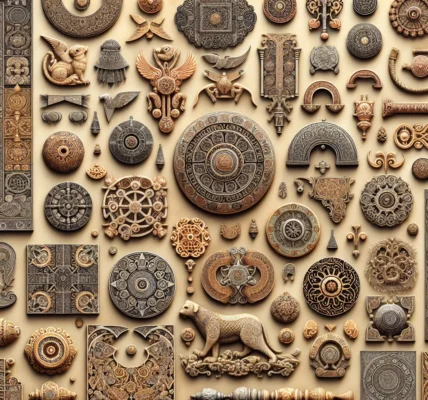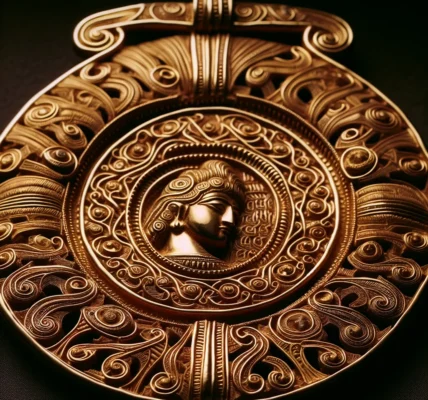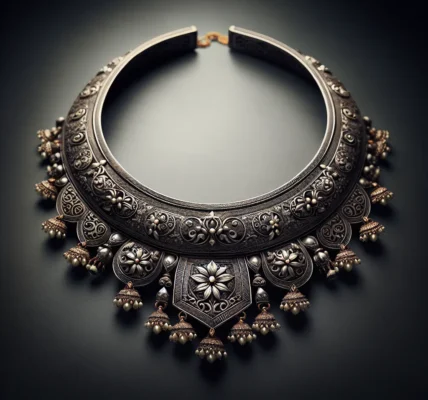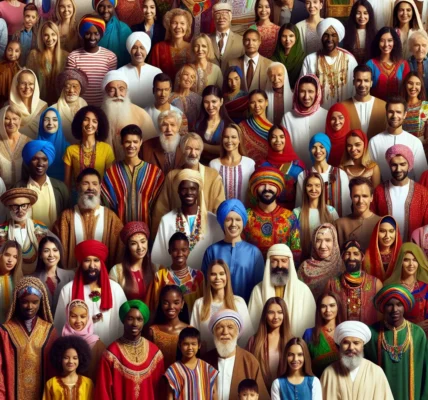Ornamental Traditions Around the World
Ornaments have played a significant role in the cultural expressions of societies around the world for centuries. Across different cultures, ornamental traditions have served as a means of conveying social status, personal identity, and cultural heritage. From intricate beadwork in Africa to stunning gold jewelry in ancient Mesopotamia, ornaments have held deep cultural significance and continue to be an important aspect of traditional practices.
In African societies, beads have been used for centuries to create intricate and colorful ornamental pieces. These beads are often worn as a symbol of wealth, social status, and cultural identity. The patterns and colors of the beads can convey specific messages about the wearer’s tribal heritage and societal role. Similarly, in ancient Mesopotamia, gold jewelry was a symbol of prestige and wealth, with intricate designs crafted to showcase the status of the wearer within the social hierarchy.
Furthermore, ornamental traditions in Asia often include the use of jade, a stone deeply valued for its symbolism of purity, grace, and power. In Chinese culture, jade ornaments have been worn as a symbol of protection and good fortune for thousands of years. The intricate carvings and designs of jade ornaments reflect the rich cultural heritage of the region.
Across the world, ornamental traditions continue to be an integral part of cultural practices. From the intricate beadwork of Africa to the symbolic jade ornaments of Asia, these traditions showcase the rich and diverse cultural significance of ornaments in societies worldwide.
Symbolism and Meaning of Ornaments in Various Cultures
Ornaments play a significant role in expressing the symbolism and meaning in various cultures around the world. From ancient civilizations to modern societies, the use of ornaments has been deeply rooted in cultural traditions and religious practices.
In many cultures, ornaments such as jewelry, clothing embellishments, and body art are not merely decorative items but carry profound symbolic meanings. For example, in Indian culture, the Mangalsutra, a type of necklace, symbolizes the marital status of a woman and is considered a sacred symbol of marriage. Similarly, in many African societies, beads are used not only as adornments but also to symbolize social status, age, and ethnic identity.
Furthermore, ornaments often hold religious significance and are used in ceremonies and rituals. For instance, in Buddhism, the use of bracelets, necklaces, and earrings symbolizes the practitioner’s spiritual journey and devotion to the teachings of Buddha. In Native American cultures, feathers are used in headdresses and jewelry to symbolize bravery, wisdom, and connection to the spiritual world.
Moreover, the materials and colors used in ornaments also carry specific meanings across different cultures. In Chinese culture, the color red is associated with luck and happiness, which is why red ornaments are commonly worn during weddings and festivals. In contrast, in some Middle Eastern cultures, the color blue symbolizes protection and wards off evil, leading to the widespread use of blue beads and amulets.
Overall, the use of ornaments in various cultures goes beyond mere aesthetic appeal, serving as powerful symbols of religious, social, and personal significance. Understanding the symbolism and meaning behind these ornaments provides invaluable insights into the rich tapestry of human culture and tradition across the globe.
Rituals and Ceremonies Associated with Ornaments
Ornaments hold a significant cultural value in various societies around the world. One of the most fascinating aspects of ornaments is their association with rituals and ceremonies. Across different cultures, ornaments play a pivotal role in marking important life events such as births, coming-of-age ceremonies, marriages, and funerals.
In many traditional African societies, ornaments are worn during elaborate initiation ceremonies that symbolize the transition from childhood to adulthood. These ornaments, often made from natural materials like beads, shells, or feathers, carry deep spiritual meaning and are believed to protect the initiate as they undergo this crucial rite of passage.
Likewise, in South Asian cultures, weddings are an occasion for the adornment of intricate and ornate jewelry. From the elaborate headpieces worn by Indian brides to the delicate gold necklaces that signify marital status in many South Asian communities, ornaments hold immense symbolic importance in celebrating the union of two individuals.
Furthermore, ornaments feature prominently in religious rituals and ceremonies in societies across the globe. In Japanese culture, the act of adorning oneself with ornaments during traditional tea ceremonies is regarded as a meditative and deeply spiritual practice. Similarly, in various Indigenous communities, specific ornaments are worn during sacred ceremonies to honor ancestral spirits and seek their blessings.
Overall, the rituals and ceremonies associated with ornaments serve to reinforce cultural identity, celebrate significant life events, and connect individuals to their heritage and spiritual beliefs. The cultural significance of ornaments in these contexts highlights the profound role they play in enriching and preserving traditions throughout different societies.
Evolution of Ornamentation in Global Societies
Ornaments have played a significant role in the cultural narratives of societies worldwide, showcasing the evolution of human expression and creativity. The evolution of ornamentation in different global societies reflects the cultural significance and the progression of human civilizations. From ancient civilizations to modern societies, the use of ornaments has evolved in parallel with the cultural, social, and technological advancements.
